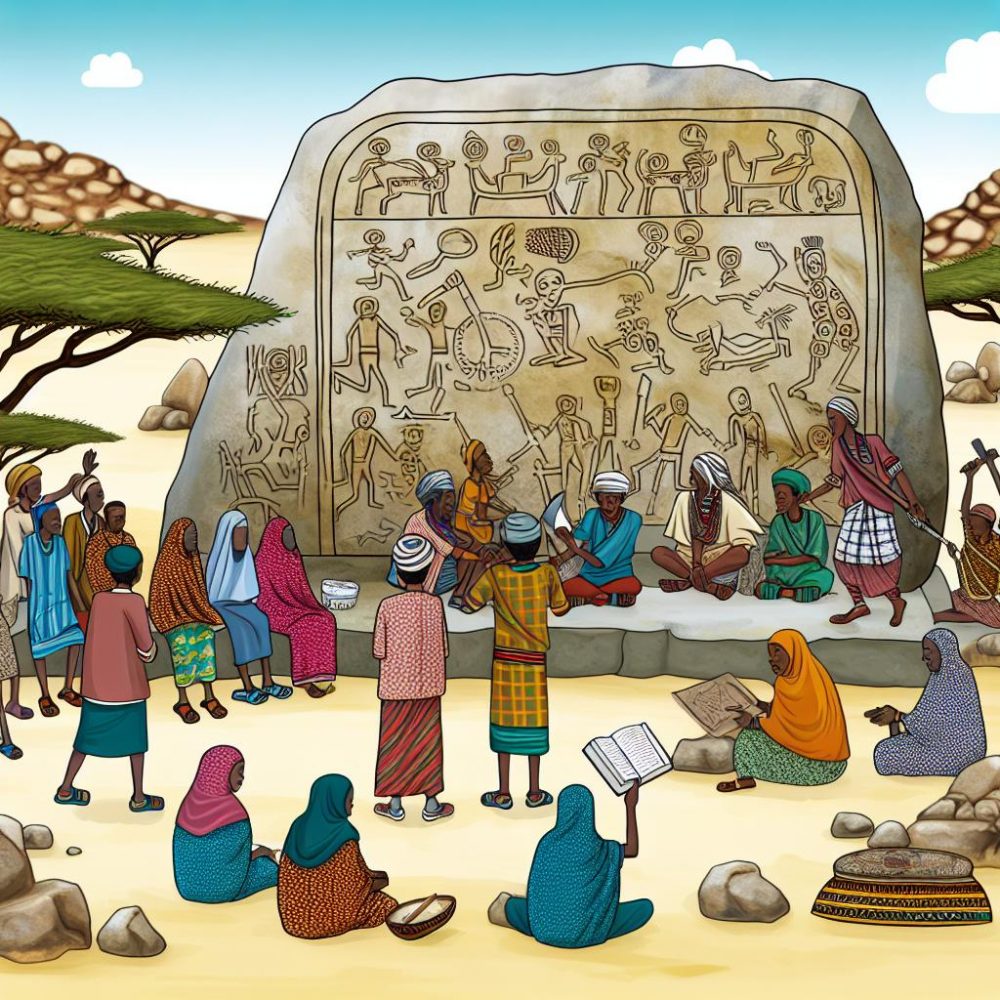
The Historical Background of Clans in Somaliland
In understanding the role of clans in Somaliland’s history, it is essential to delve into the underlying socio-political structures that have historically shaped the region. Clans in Somaliland can trace their origins to the broader ethnic and cultural compositions of Somalia. These clans form integral units of Somali society, which is predominantly based on a patrilineal system, where lineage and heritage are traced through the male line.
The Structure of Clans
Clans in Somaliland are generally composed of multiple families connected by common ancestry. Each clan is further subdivided into sub-clans, which are then divided into various family lineages. Historically, these clans have formed the core of social organization, dictating the dynamics of alliances and conflicts within the society.
Kinship Ties and Alliances
Kinship ties have been a crucial element in the political landscape, influencing a wide range of activities, from marriage arrangements to warfare. Clans often formed temporary alliances to bolster strength and ensure mutual benefits, especially during conflicts with rival groups. These alliances are pivotal for understanding the political stability and instability observed in Somaliland’s historical context.
Colonial Impact on Clan Structures
The arrival of colonial powers, primarily the British, significantly impacted the dynamics of clans in Somaliland. The British colonial administration used a policy known as indirect rule, which relied on the existing clan system to maintain control over the area. This strategy often exacerbated inter-clan rivalries and altered traditional power balances, as the colonial powers would sometimes favor certain clans over others to maintain their hold on the region.
The Role in the Fight for Independence
Clans played a central role in the struggle for independence during the mid-20th century. Mobilization efforts against colonial rule were frequently organized along clan lines, enabling a coordinated and cohesive strategy for resistance. The agility and interconnectedness of these clan networks proved to be advantageous for independence movements, allowing for a united front against colonial forces.
Clan Influence in Post-Independence Governance
Following independence, the political landscape in Somaliland remained deeply rooted in clan affiliations. The clan system continues to be a significant factor in governance and political decision-making processes within the region. Political offices are often distributed according to clan lines, an arrangement intended to maintain balance and prevent any single clan from dominating the others.
The Guurti: A Traditional Institution
The Guurti, or House of Elders, represents another critical aspect of clan influence in Somaliland. This legislative body comprises clan elders and acts as a stabilizing force within the government. The Guurti often addresses disputes and works to maintain peace through traditional mediation and conflict resolution mechanisms, leveraging the respected status of elders within clan structures.
Current Context
Today, clan allegiances continue to significantly impact Somaliland’s socio-political landscape. Despite efforts to advance democratic processes, the inherent dynamics of clans still play a crucial role in various facets such as elections, resource distribution, and conflict resolution. For more insights into Somaliland’s political framework and the interplay of clan systems, publications from academic journals devoted to African studies can provide valuable information.
Understanding the historical role of clans in Somaliland offers a lens through which to perceive the contemporary socio-political challenges and achievements that define this unrecognized yet remarkably resilient territory. The clan structures that have evolved over centuries remain deeply interwoven with the region’s identity, influencing its path towards stability and self-governance.
As we examine the historical context and present circumstances, it becomes evident that the clan system, while traditionally pivotal, faces the pressures of modernization and globalization. Efforts to reconcile traditional governance systems with contemporary political frameworks are ongoing. Understanding how these factors interact aids in comprehending not only the inner workings of Somaliland but also its position and potential in a broader regional and global context.
In the modern setting, the balance of clan influence with democratic principles is a crucial aspect of maintaining peace and promoting development. As Somaliland continues to navigate its path among the world’s unrecognized territories, its unique socio-political fabric, paced by the pervasive role of clans, serves as both a tool and a challenge in pursuing national and regional objectives.
The interplay between maintaining traditional systems and embracing modernity will likely continue to shape the narratives within Somaliland. The resilience and adaptability of the clans and their ability to engage with burgeoning political structures will be central to Somaliland’s ongoing story.
The significance of understanding this historical and social backdrop cannot be overstated. It is through such comprehension that observers and stakeholders can better appreciate the complexities of governance, identity, and unity within Somaliland, enabling more informed discussions and decisions that respect the heritage and aspirations of its people.